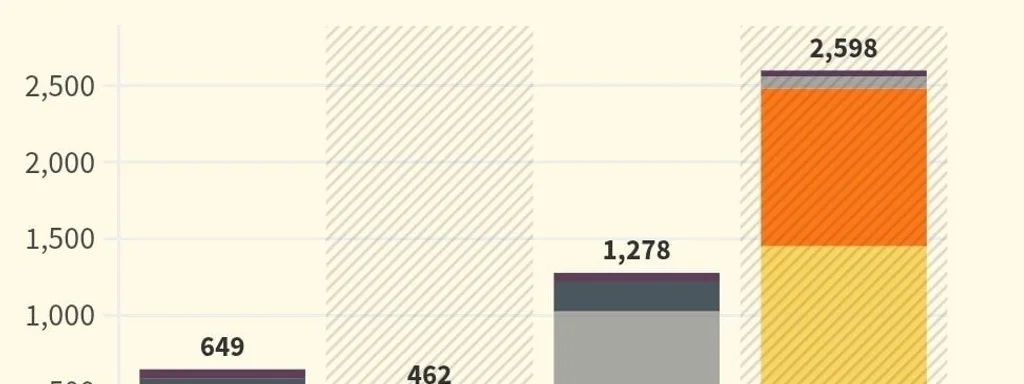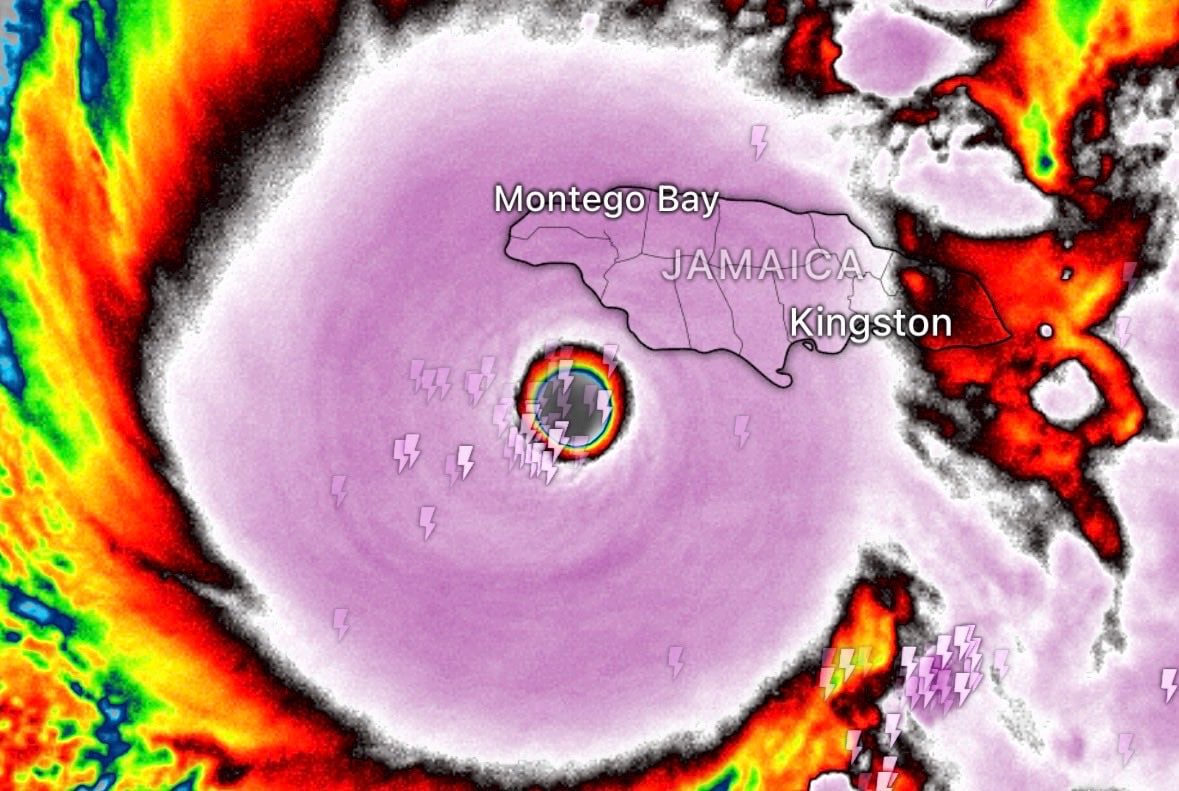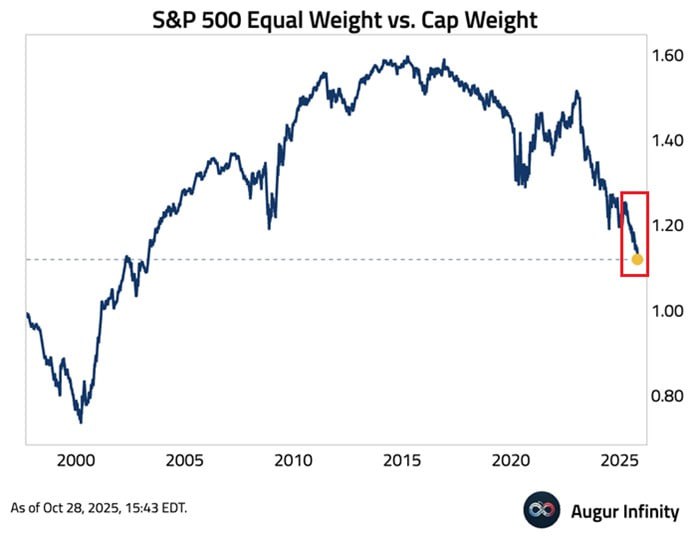As of September 2025, the United States is poised to connect more green energy to its electrical grid than is currently available on the grid, highlighting a significant surplus in renewable energy capacity. This surplus comes as the nation accelerates its shift towards sustainable energy sources, aiming to meet climate goals and reduce reliance on fossil fuels.
Recent estimates indicate that over 300 gigawatts of renewable energy projects are awaiting connection to the grid, a stark contrast to the approximately 250 gigawatts currently in operation. This discrepancy underscores a growing challenge within the power sector: while production capacity is increasing, the infrastructure to support it is lagging behind.
The backlog of renewable energy projects stems from a combination of regulatory hurdles, permitting delays, and the need for updated transmission infrastructure. As previously reported, energy analysts have warned that without significant investments in grid modernization, the U.S. may struggle to fully capitalize on its renewable energy potential.
The surplus of green energy capacity presents both opportunities and challenges for policymakers. Efforts to streamline the connection process and enhance grid resilience are critical as the country seeks to transition to cleaner energy sources. If addressed effectively, this situation could catalyze a new era of renewable energy integration, paving the way for a more sustainable future.

![[Video] Hurricane Melissa makes landfall as Category Three storm in Cuba](/api/image/thumbnails/thumbnail-1761726046227-gf3hoff-thumbnail.jpg)
![[Video] Storm surge recorded in Frenchman's Bay, Treasure Beach, Jamaica](/api/image/thumbnails/thumbnail-1761668477667-6632k4-thumbnail.jpg)

![[Video] Hurricane Melissa makes landfall near Treasure Beach, Jamaica](/api/image/thumbnails/thumbnail-1761664848685-fx8mhl-thumbnail.jpg)



